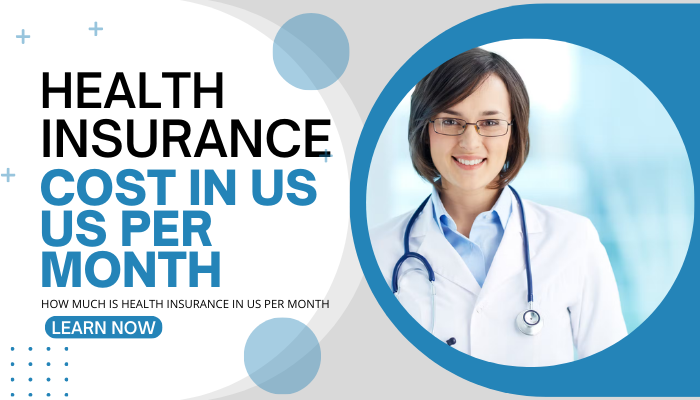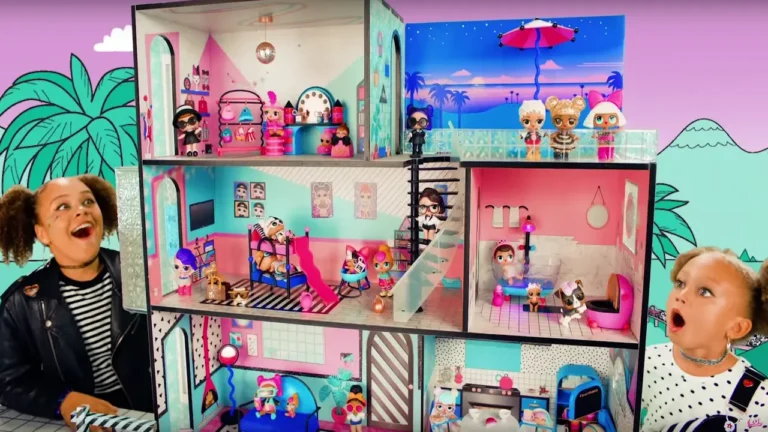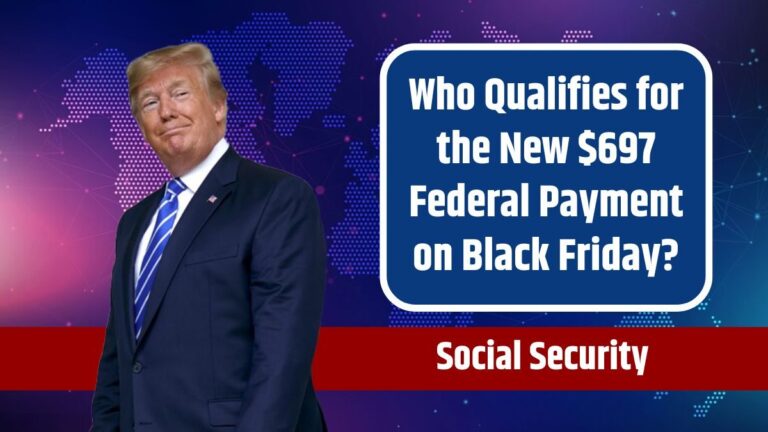Biden Student Loan Forgiveness Update 2023: Latest Application Process and Loan Plans

President Joe Biden has prioritized addressing the issue of student loan debt within his administration. Despite facing legal challenges and limitations, the administration has taken various steps to provide relief to student loan borrowers. As of August 2023, several developments have occurred in the realm of student loan forgiveness.
Biden’s Efforts and Legal Hurdles: A Recap of Previous Actions and Legal Challenges
- August 2022 Plan: President Biden introduced a plan in August 2022, proposing to cancel up to $10,000 of federal student loan debt for individuals earning less than $150,000 annually.
- Legal Setback: However, in December 2022, a federal judge blocked this plan from being implemented, creating a setback for the administration’s efforts.
Continued Relief Efforts: Recent Announcements and Initiatives
- August 2023 Forgiveness: In August 2023, the administration forgave $39 billion in student loan debt, benefiting approximately 804,000 borrowers. These borrowers had been adversely affected by errors committed by loan servicers.
- Introduction of the SAVE Plan: The administration unveiled the SAVE (Simplified, Affordable, and Viable Education) plan. This new income-driven repayment plan aims to simplify the loan repayment process and enhance borrowers’ ability to manage their loan obligations.
- Ongoing Considerations: While facing constraints, the administration is actively exploring alternate routes for student loan forgiveness. The Supreme Court ruled against executive action for debt cancellation, but the administration is examining existing authority to devise relief strategies.
Key Updates in 2023: A Summary of Developments
- August 2023 Forgiveness: The administration pardoned $39 billion in student loan debt for 804,000 borrowers affected by loan servicer errors.
- Introduction of SAVE Plan: The SAVE plan, a new income-driven repayment initiative, was introduced to simplify loan repayment for borrowers.
- Exploration of Options: The administration continues to explore various paths for student loan forgiveness, although specifics remain uncertain.
Preparing for Student Loan Forgiveness: Steps and Recommendations
- Enroll in Income-Driven Repayment: Borrowers are advised to join income-driven repayment plans, as this increases eligibility for forgiveness.
- Maintain Timely Payments: Consistent and punctual payments are crucial. Borrowers should ensure they make payments on time.
- Document Issues: Any loan-related problems should be well-documented, especially errors originating from loan servicers.
- Stay Informed: Remaining up-to-date with the latest news on student loan forgiveness is vital. Borrowers can achieve this by visiting the Department of Education’s website or subscribing to email alerts.
Biden Administration’s Student Loan Forgiveness Application: Details and Eligibility Criteria
- Expected Application Date: The application for student loan forgiveness, aligned with the Biden administration’s plan, is projected to be available by December 31, 2023.
- Eligibility Criteria: Borrowers seeking forgiveness must fulfill the following prerequisites:
- Possess federal student loans.
- Maintain an income lower than $125,000 per year (individuals) or $250,000 per year (married couples or household heads).
- Complete at least 120 qualifying payments on their loans.
- Qualifying Payments: These are payments made punctually and fully, including those made under an income-driven repayment scheme.
- Notification Process: Eligible borrowers will be notified by the Department of Education, detailing the forgiven amount and application instructions.
Application Process: Steps to Apply for Student Loan Forgiveness
- Identify Eligible Programs: Familiarize yourself with the range of forgiveness programs available, each with distinct prerequisites. Resources are available on the Federal Student Aid website.
- Collect Documentation: Gather required documents, such as employment verification letters, IDR plan data, or Teacher Loan Forgiveness applications.
- Complete Application Form: Application forms differ based on the chosen program. Locate the relevant form on the Federal Student Aid website.
- Submit Application: Applications can be submitted online or through traditional mail.
- Follow Up with Loan Servicer: After application submission, verify its receipt and accurate processing by contacting your loan servicer.
Common Student Loan Forgiveness Programs: Options for Borrowers
- Public Service Loan Forgiveness (PSLF): For those working full-time with qualifying public service employers, this program forgives remaining Direct Loan balances after 120 qualifying payments.
- Income-Driven Repayment (IDR) Forgiveness: Under IDR plans, the program forgives remaining Direct Loan balances after 20 or 25 years of qualifying payments.
- Teacher Loan Forgiveness: Educators serving at low-income schools can receive forgiveness of up to $17,500 on Direct Loans after five years of qualifying payments.
- Total and Permanent Disability Discharge: Borrowers who are totally and permanently disabled can have their student loans discharged.
- Closed School Discharge: Students whose schools closed before degree completion can have their loans discharged.
Conclusion: A Path Forward for Borrowers
While President Biden’s administration has encountered legal challenges, it has pressed forward with initiatives to ease the burden of student loan debt. The actions taken in 2023, including debt forgiveness and the introduction of the SAVE plan, indicate progress.
Borrowers are encouraged to stay informed and take proactive measures in preparation for potential loan forgiveness opportunities. The administration’s commitment remains unwavering, and borrowers should continue monitoring updates in this evolving landscape.





